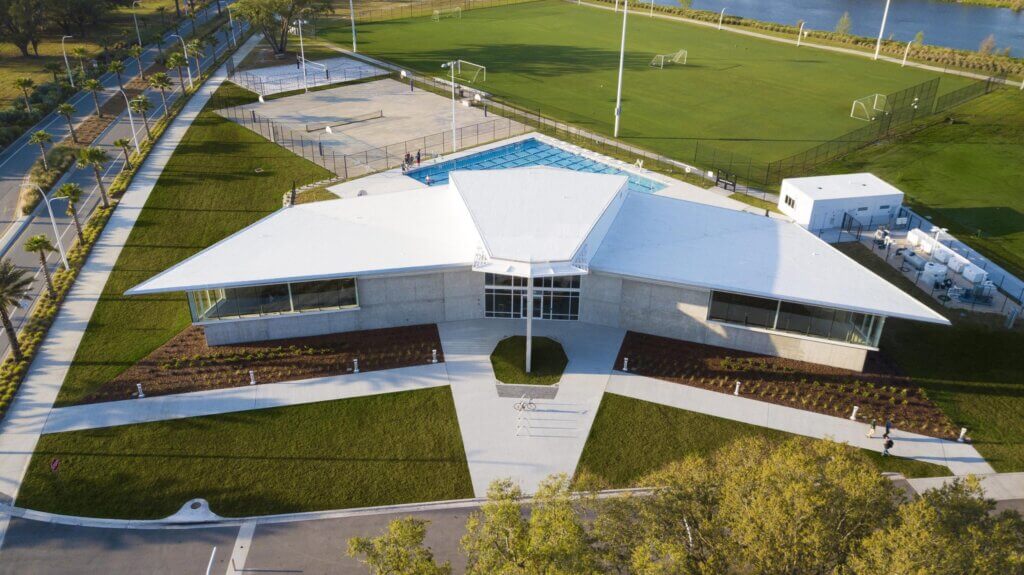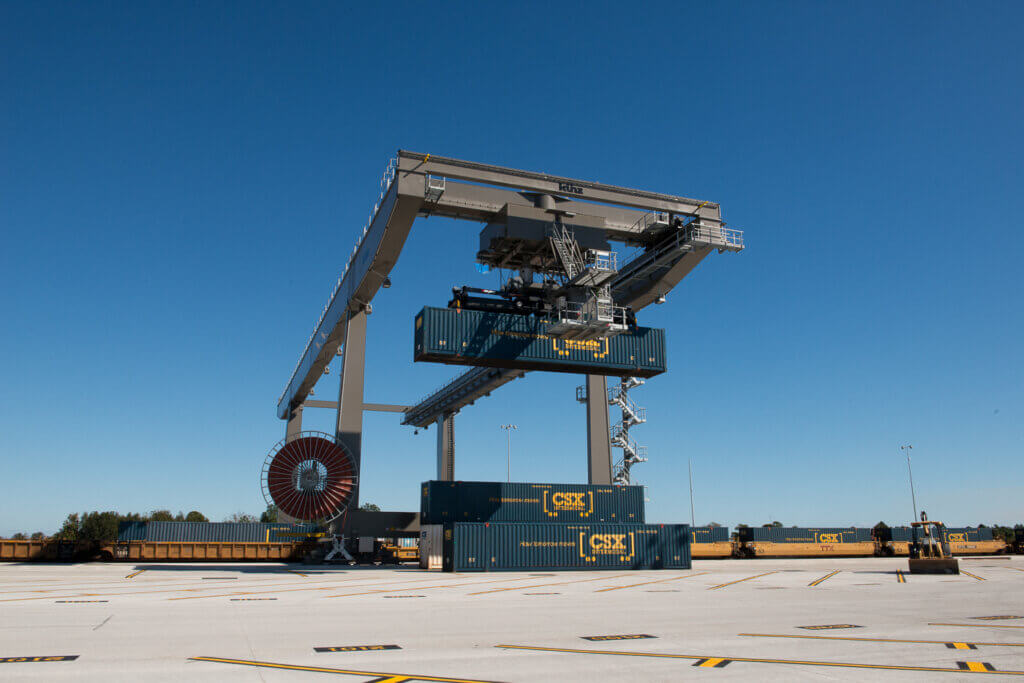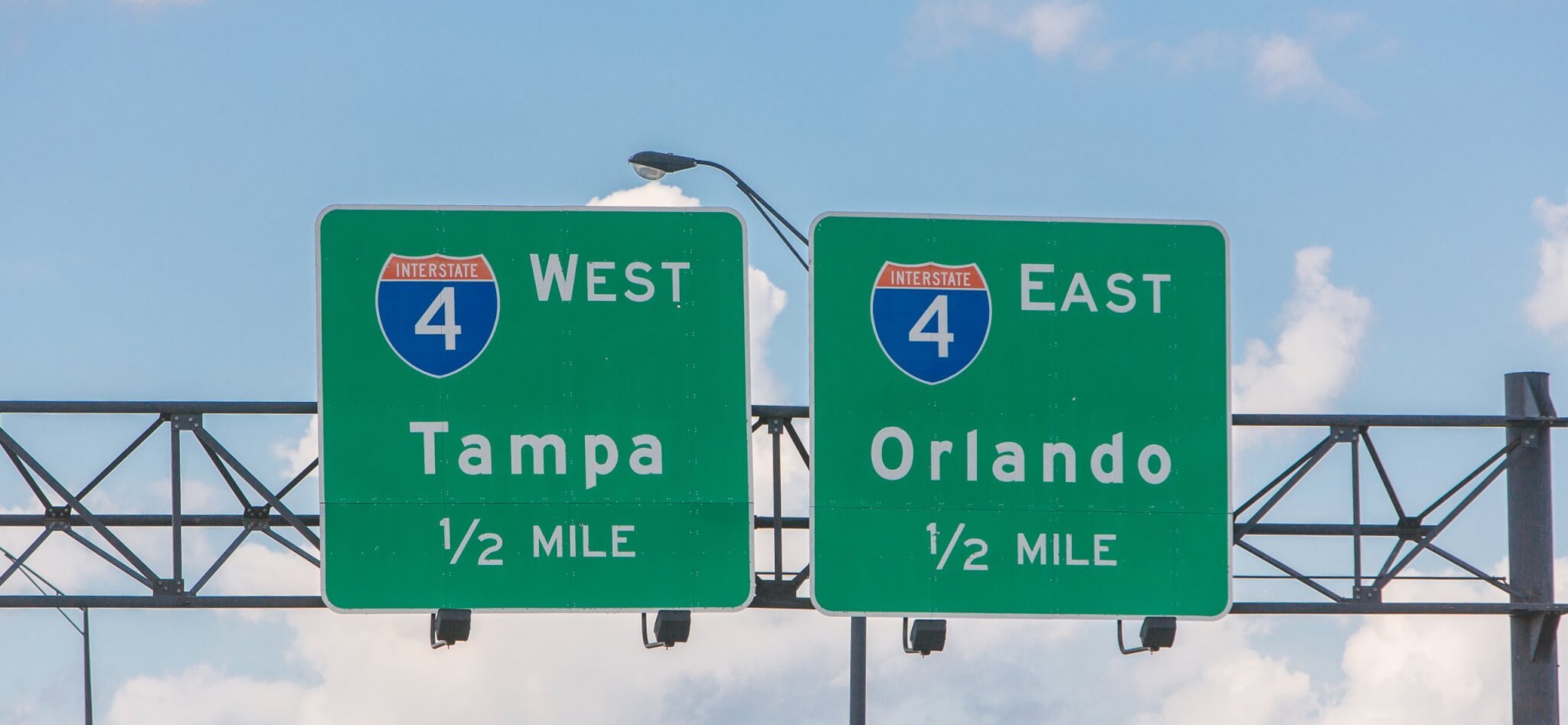Florida Power and Light Plans New Natural Gas Pipeline Project
Sometime in 2017, billions of cubic feet of natural gas will begin flowing from the middle of Alabama to southeast Florida, and the path with take it directly through Polk County in an underground, 600-foot-wide corridor.
Polk is key in the construction of two major pipelines, costing about $3.5 billion combined that will supply the growing natural gas needs of electricity-producing Florida Power and Light (FPL) and Duke Energy of Florida, as well as other utilities and industries.
The shortest of the two pipelines, but the larger of the two projects for Polk County, is the 126-mile Florida Southeast Connection. Florida Southeast Connection LLC is subsidiary of NextEra Energy Inc., the parent company of FPL. Florida Southeast Connection also is among the more than 50 investor-partners with the Central Florida Development County (CFDC), Polk County’s primary economic development agency.
Polk also will provide a corridor, though only for a few miles near the Lake County line, for the 515-mile Sabal Trail Transmission pipeline, a joint project of NextEra Energy and Spectra Energy Corp., the company Duke Energy formed in 2006 to operate its natural gas businesses.
Sabal Trail will originate in Tallapossa, Ala., run about 250 miles through Alabama and Georgia and terminate about 250 miles later in Florida at an interconnectivity hub in the northwest corner of Osceola County, not far from the ChampionsGate resort.
The interconnectivity hub in Osceola is where the Sabal Trail and Florida Southeast Connection pipelines will meet. From there, the Florida Southeast Connection pipeline will run south in Polk County, a few miles to the east of Davenport, Haines City, Lake Hamilton, Dundee and Lake Wales, and, reaching State Road 60, roughly take parallel path east along S.R. 60 to the Polk-Osceola line, just south of Lake Kissimmee.
The balance of the Florida Southeast Connection pipeline route will take it south through southern Osceola County and through Okeechobee, St. Lucie and Martin counties to FPL’s Martin Next Generation Clean Energy Center near Indiantown. Once there, the natural gas will be used to provide power to FPL’s South Florida market.
First announced in July 2013, the Florida Southeast Connection and Sabal Trail projects are still in the federal review and permitting stage. If approvals and permits remain on schedule, construction on the Florida Southeast Connection pipeline will begin in 2016, creating hundreds of direct and indirect jobs — and providing decades of government tax revenue — in the five counties along its proposed route.
Based on an economic study conducted by Fishkind & Associates, construction of the five-county pipeline is projected to create more than 1,700 jobs and $610 million in local economic benefits through expenditures in the communities along the route.
“After the pipeline enters service, it will provide an estimated $327 million in new property tax revenue over its 60-year operational lifetime for local schools and government services,” says Rae Dowling, an external affairs manager for FPL and Florida Southeast Connection’s liaison to the CFDC.
Once complete and operational, the pipeline also could be a catalyst for even greater economic growth in Polk County.
“If our planned project receives all needed regulatory approvals,” Dowling says, “it will provide large users of natural gas in the area an opportunity to connect to the pipeline, which could be a determining factor for businesses considering the Central Florida area as a location for their operations.”
The two new pipelines, and the one natural gas delivery system they will form, are necessary for number of reasons, FPL officials say,
Approximately 68 percent of the electricity Floridians use is generated by natural gas power plants, and that percentage continues to rise — chiefly because natural gas is the cleanest fossil fuel, it’s supply in the United States is abundant, and it’s far more affordable than imported oil.
In addition to the company’s growing system-wide demand for natural gas, FPL has been making key investments to modernize older, oil-fired plants into highly efficient natural gas power plants. Company officials say these new facilities are 33 to 35 percent more fuel efficient than the older oil-burning plants they replace and 90 percent cleaner.
Unlike states like Texas, Florida essentially has no natural gas reserves and no natural gas storage capacity, so the fuel has to be piped in. Two major pipeline systems — Gulfstream Natural Gas System and Florida Gas Transmission — currently provide natural gas to central and southern Florida, but while they can deliver a total of approximately 4.4 billion cubic feet of natural gas per day, the volume isn’t nearly enough to meet the expected future demand.
More than 60 percent of the natural gas supply from the Gulfstream and Florida Gas systems, or more than 1 trillion cubic feet in 2011, is dedicated to electricity-generation needs in Florida. FPL officials say that their company alone has contracted for more than 2 billion cubic feet of natural gas per day — solely for use to generate electrical power.
Florida follows only Texas in its use of natural gas to generate electricity, yet Texas has abundant natural gas reserves and is served by numerous interstate pipelines.
Not only is natural gas critical for electricity generation in Florida, FPL officials say it is vital for local gas distribution companies that serve commercial, industrial, and residential customers. Fifty-nine of Florida’s 67 counties have natural gas service available for these customers.
“Access to reliable and inexpensive natural gas directly impacts the bottom line of industrial and commercial customers and enhances Florida’s economic success,” an FPL report states. “For example, the hospitality industry relies heavily on natural gas so hotel and restaurant businesses can efficiently serve the many visitors to our state.”
In Polk County, Florida Southeast Connection became an investor in the CFDC in 2013, after project and FPL officials became familiar with the organization, Dowling says.
“Jack Brandon, attorney with Peterson & Myers in Lake Wales and past president of the organization, encouraged us to consider it to determine if we thought it might be a good fit,” she says. “It’s important that people understand FPL’s planned pipeline and its benefits. Also, when there are questions regarding the project, the CFCD helps residents and stakeholders know where to go for information. As the area’s primary economic development organization, the CFDC has provided us access to community leaders and assisted us in communicating accurate, timely project information to business leaders and others throughout the area.”
Dowling anticipates far-reaching and long-term benefits from the Southeast Florida Connection/FPL partnership with the CFDC.
“We believe companies have a responsibility to be a good, involved corporate citizen in the communities they serve,” she says. “A vibrant economic business climate is good for everyone, and we believe FPL’s participation is beneficial for local communities and our company.”
Related Posts



